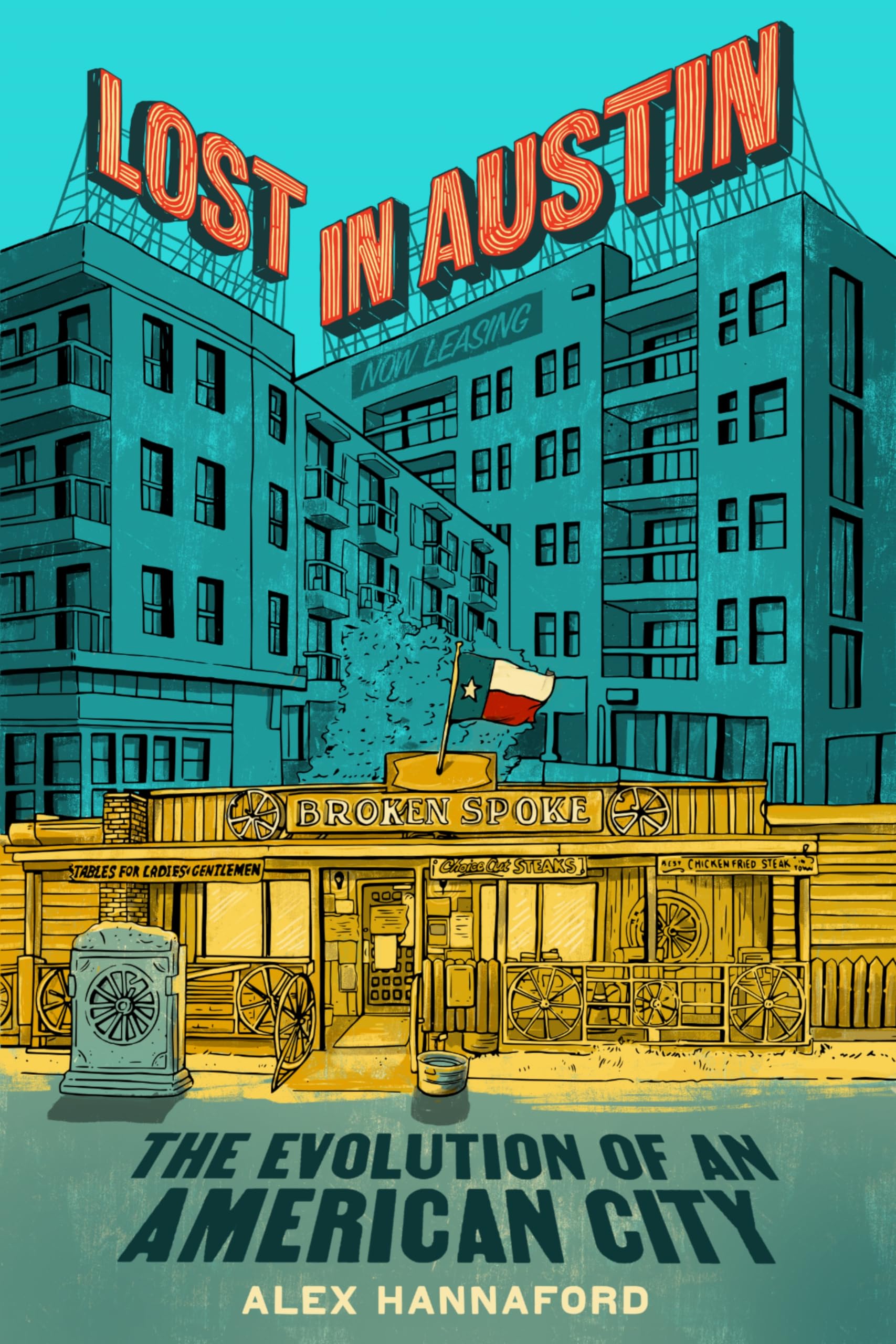
If you’ve never visited Austin, Texas, it’s probably too late to do so now. That, in any case, is the impression I’ve received over the past fifteen years, during which time my interest in the city has greatly diminished. Word has long circulated that Austin is “over,” but until now, there hasn’t been a book declaring quite how over it is. Just this month, that book arrived: Lost in Austin: The Evolution of an American City, by a British reporter named Alex Hannaford. Enamored with the drifting, breakfast taco-fueled bohemianism of Texas capital since a road trip in 1999, Hannaford made regular visits thereafter, meeting the woman who would become his wife at South by Southwest in 2003. He put down down roots in what seemed like an ideal adopted hometown, and even started a family there. But within a couple of decades, he’d pulled those roots up.
What made Austin intolerable for Hannaford turns out to be the progression of trends that had long preceded his arrival. He’d much preferred the nearly year-round sunshine to the long stretches of unrelieved gray back in London, but eventually the climate became too hot to enjoy the local outdoor-activity culture as often as he once did. A spike in school shootings inspired fresh reservations about Texas’ rate of gun ownership. The latest “tech boom,” a successor of the one driven by the arrival of Dell Computer and the Microelectronics and Computer Technology Corporation in the early eighties, brought Tesla, Apple, and Google to town, among many other smaller players, provoking real-estate bidding wars and waves of gentrification. And the increasing difficulty of keeping concert venues in business had made ever hollower Austin’s brand of being “the Live Music Capital of the World®.”
Read the whole thing at Substack.